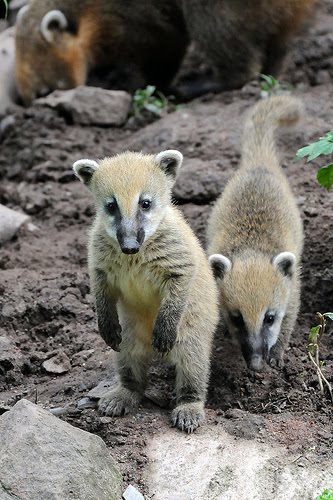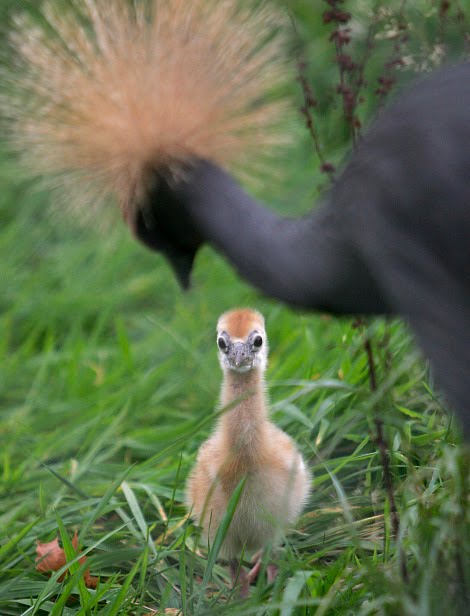But now seems like a good time to make this post, I was just reminded of McGuire's work by Laura from Atelier L.A.F. I have been meaning to do a post on them for ages as well...so it makes sense to do both.
 Heave, 2008
Heave, 2008This is the first image of McGuires that I ever saw, and although she has honed her skill and medium over the years, I can still recall my initial reaction of attraction and repulsion. In her newer works the feathers are more lush, all iridescence and silkiness. But the feathers in this work are just feathers, it is all to easy for me to associate them with the bird they may have come from. My respect and admiration of the winged, anyone who has spent much time with birds, up close and personal, knows that there a little bit repulsive about them. Especially in large numbers. Feathers are dusty. And coupled with the title and gushing forth onto the floor the concept deals with the abject.
But the piece is beautiful as well. The even layering of them is exquisite. I can only imagine what it would feel like to touch one of her pieces.
It is this relationship between attraction and repulsion in Nature that I find so fascinating myself. This push and pull also informs the work that I make.
 Vice 2009.
Vice 2009.Kate McGuire also has a series of pieces contained in vitrines. Each feathered structure forces against its confines. Either preserved as a museum specimen or entrapped in glass it is a creature with no head, no end and no beginning. A creation speaking both of serpents and feathers, a creature of mythology.
 Corvid 2011.
Corvid 2011.The piece above has broken the bonds of its container but still roils, trapped by its own form. Each piece uses feathers to create a tension between the chaos of the natural world and the delicate care that is taken in constructing each piece.

















































